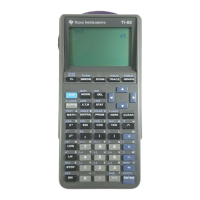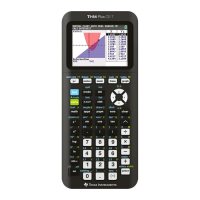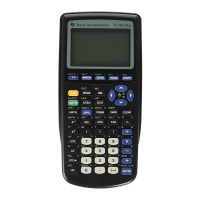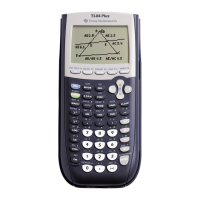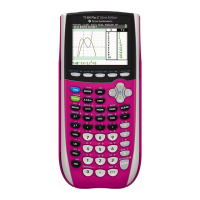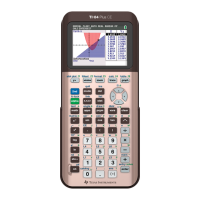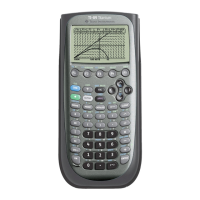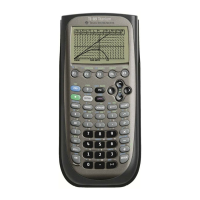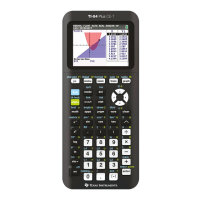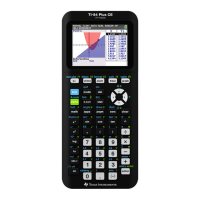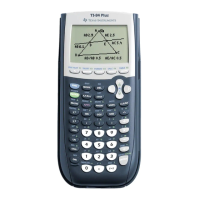Financial Functions 14–13
82D362~1.DOC TI-83 international English Bob Fedorisko Revised: 10/26/05 1:42 PM Printed: 10/27/05 2:59
PM Page 13 of 14
Use the date function dbd( (menu item D) to calculate the
number of days between two dates using the actual-day-count
method. date1 and date2 can be numbers or lists of numbers
within the range of the dates on the standard calendar.
Note: Dates must be between the years 1950 through 2049.
dbd(date1,date2)
You can enter date1 and date2 in either of two formats.
• MM.DDYY (United States)
• DDMM.YY (Europe)
The decimal placement differentiates the date formats.
Pmt_End and Pmt_Bgn (menu items E and F) specify a
transaction as an ordinary annuity or an annuity due. When you
execute either command, the
TVM Solver is updated.
Pmt_End (payment end) specifies an ordinary annuity, where
payments occur at the end of each payment period. Most loans
are in this category.
Pmt_End is the default.
Pmt_End
On the TVM Solver’s PMT:END BEGIN line, select END to set
PMT to ordinary annuity.
Pmt_Bgn (payment beginning) specifies an annuity due, where
payments occur at the beginning of each payment period. Most
leases are in this category.
Pmt_Bgn
On the TVM Solver’s PMT:END BEGIN line, select BEGIN to set
PMT to annuity due.
Finding Days between Dates/Defining Payment Method
dbd(
Defining the
Payment Method
Pmt_End
Pmt_Bgn
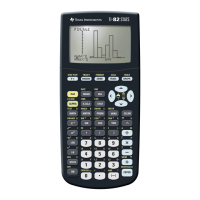
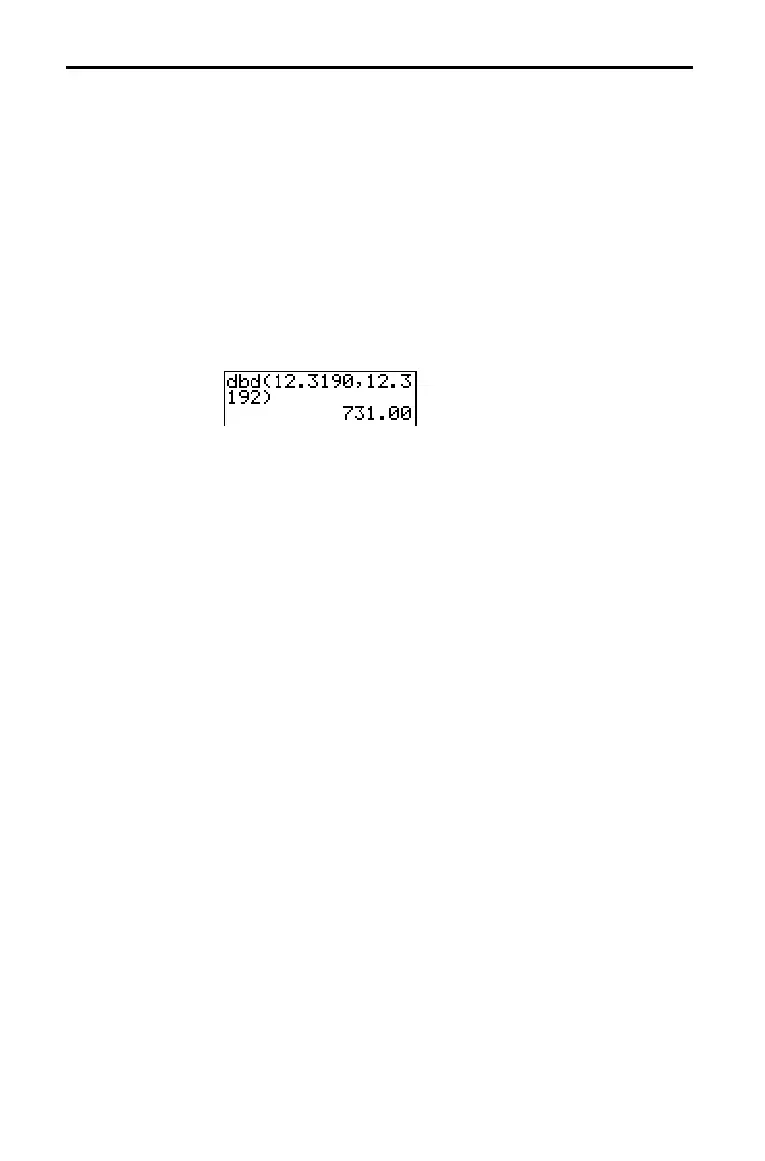